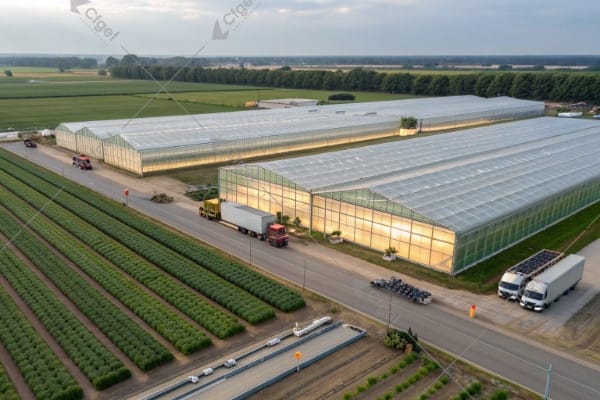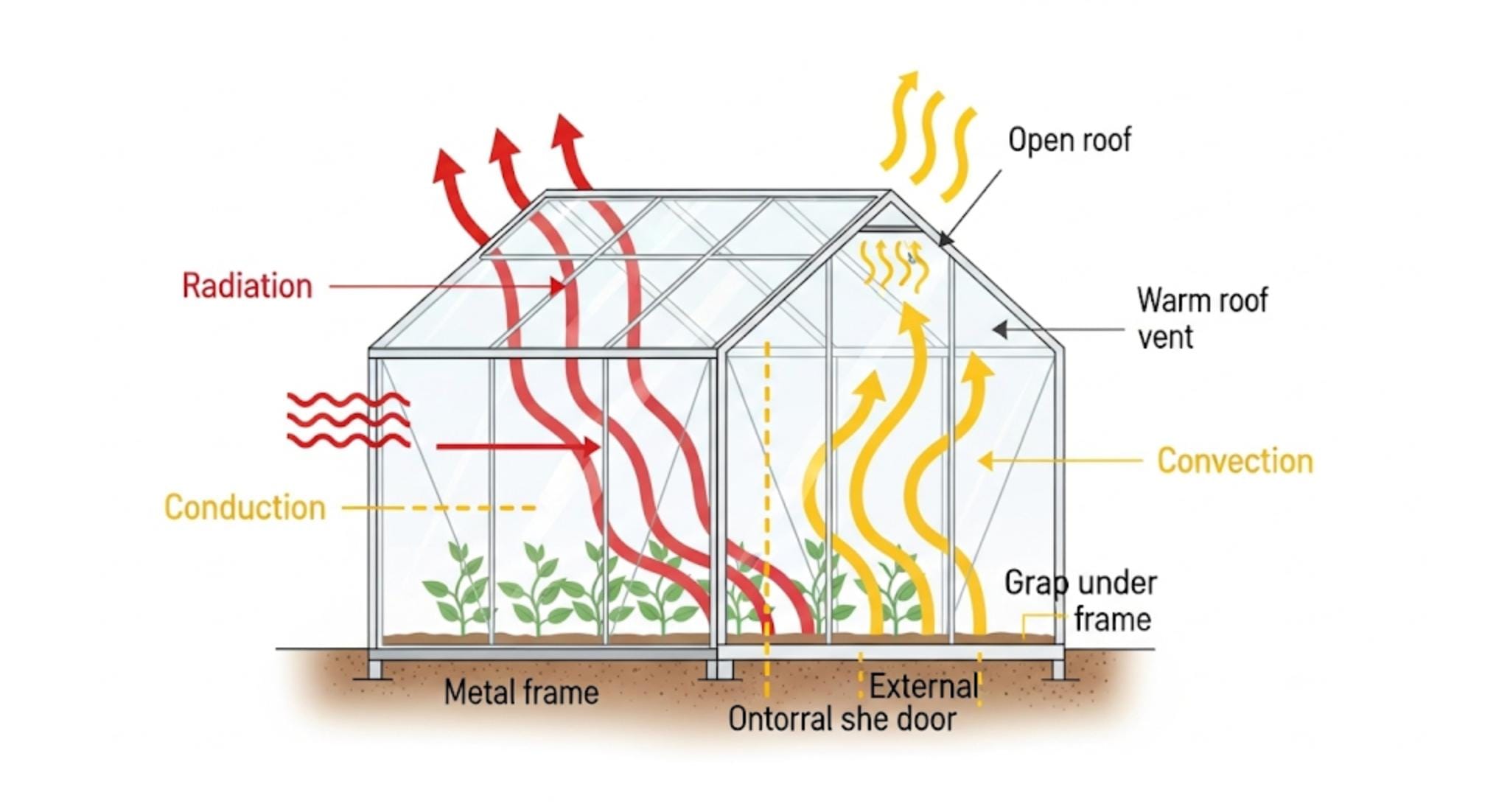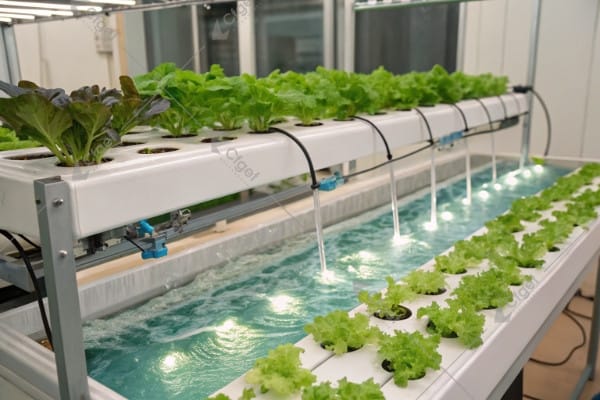Growing plants year-round can be hard when you face changing seasons and unpredictable weather. Freestanding greenhouses offer a solution, but many growers don’t understand their unique benefits for small-scale operations.
Freestanding greenhouses are standalone, single-span structures with columns on just two sides. They provide contained growing environments that are cost-effective for beginners and small-scale growers while offering excellent climate control capabilities.
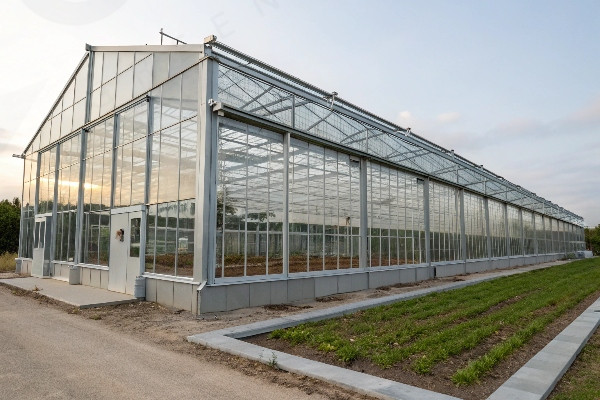
As someone who has worked with greenhouse systems for over 28 years at CFGET, I’ve seen how the right greenhouse structure can make or break a growing operation. Let me share what makes freestanding greenhouses special and why they might be the perfect choice for your needs.
Don’t Miss:——Exploring Greenhouse Types: Finding the Perfect Structure for Your Needs
You might like:——Mastering Strawberry Greenhouse Cultivation: Best Practices for Optimal Growth?
What Defines a Greenhouse as "Freestanding"?
Many growers get confused about greenhouse types, using terms like "standalone" or "detached" without understanding the real differences. This confusion leads to poor investment decisions and structures that don’t meet their needs.
A freestanding greenhouse is a completely independent structure that stands alone, not attached to any other building. It features a single span design with supporting columns only on two sides, creating an uninterrupted growing space that offers maximum flexibility.
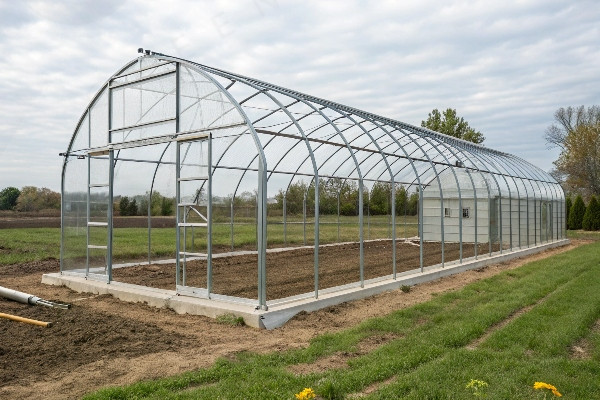
In the greenhouse industry, we often refer to these structures as "single-span greenhouses," and they represent one of the most popular choices for small to medium operations. When I first started designing greenhouse solutions in the 1990s, I was struck by how versatile these structures could be despite their simple design.
The defining feature of a freestanding greenhouse is its independent nature – it stands completely separate from other structures. Unlike attached or lean-to greenhouses that share walls with existing buildings, freestanding greenhouses are self-contained environments.
Structurally speaking, what makes them unique is their single-span design. This means the structure spans across just one width, with columns or supports only on two sides. The interior space remains open and uninterrupted, without middle supports that would create obstacles for plant arrangement or movement.
This design creates a distinct microclimate within the greenhouse that can be controlled more precisely than in multi-span or connected greenhouse complexes. For growers in Southeast Asia dealing with excessive humidity, or those in Central Asia managing extreme temperature shifts, this level of environmental control is invaluable.
From a construction perspective, freestanding greenhouses typically have a simple arched or A-frame structure. The frame is usually made from galvanized steel, aluminum, or sometimes wood in smaller hobby versions. The covering materials can vary based on climate needs and budget – from basic polyethylene film to polycarbonate panels or even glass for premium applications.
One aspect that surprises many first-time greenhouse owners is the impact of the structure’s orientation. Since freestanding greenhouses are independent units, they can be positioned to maximize sun exposure based on the specific growing location. This is something we carefully consider when designing solutions for clients with different geographical challenges.
Key Characteristics and Features of Freestanding Greenhouses
Choosing the wrong greenhouse features can waste money and create growing environments that harm plant growth. Without understanding key components, growers often end up with structures that don’t stand the test of time or meet their climate control needs.
Freestanding greenhouses typically span 8-12 meters wide and use fastener connections rather than welded steel structures. They come with three main covering options—film, polycarbonate panels, or glass—each offering different levels of insulation, light transmission, and durability.
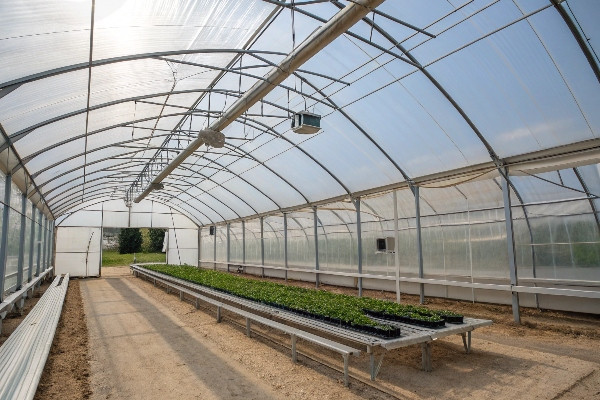
When I visit growers considering their first greenhouse investment, I always emphasize the importance of understanding the structural components that make up a freestanding greenhouse. These elements determine not just the immediate functionality but the long-term value of their investment.
The typical span of a freestanding greenhouse ranges from 8 to 12 meters. This limitation exists for good reason – spans beyond this range require significantly different structural engineering to handle snow loads and wind pressure. I remember consulting with a client in northern Europe who insisted on a wider span. We had to explain that going beyond 12 meters would require a complete redesign with heavier materials and substantially higher costs.
The connection method is another crucial feature. Most freestanding greenhouses use fastener connections rather than welded joints. This approach has several advantages: it allows for easier assembly, particularly in remote locations where welding equipment might not be available; it permits adjustments during installation to account for uneven terrain; and it simplifies repairs if individual components need replacement. During our projects in Southeast Asia, this feature proved especially valuable when local teams needed to make quick adjustments during the rainy season.
Covering materials represent perhaps the most visible feature difference between greenhouse types. At CFGET, we offer three main covering options:
Polyethylene film covering – The most economical option, ideal for growers just starting out or in mild climates. It provides good light transmission but requires replacement every 2-4 years depending on quality and UV treatment.
Polycarbonate panel covering – Offers better insulation with its twin or triple-wall construction. These panels provide diffused light that prevents plant scorching and can last 10+ years. They’re particularly popular among our European clients who need better energy efficiency.
Glass covering – The premium option with exceptional clarity and longevity (20+ years). Glass provides excellent light transmission and aesthetics but comes at a higher initial cost and requires more substantial structural support.
Ventilation systems are another defining feature, with options ranging from simple manual side vents to sophisticated automated roof vents with temperature sensors. For a client in Vietnam dealing with excessive humidity, we designed a custom combination of side and roof ventilation that transformed their growing environment.
Finally, the foundation system deserves attention. Freestanding greenhouses typically use either ground stakes for temporary structures or concrete footings for permanent installations. The choice dramatically affects both cost and longevity – something I always discuss carefully with new growers to match their long-term plans.
Why Choose a Freestanding Greenhouse? Top Advantages
Limited budget and lack of experience often discourage newcomers from starting greenhouse cultivation. Many believe they need huge, complex structures to grow successfully, while others worry about controlling conditions in bigger spaces.
Freestanding greenhouses offer exceptional benefits for small growers and beginners: lower initial investment costs, superior environmental control in a contained space, easier installation and maintenance, and the flexibility to expand incrementally as your operation grows.
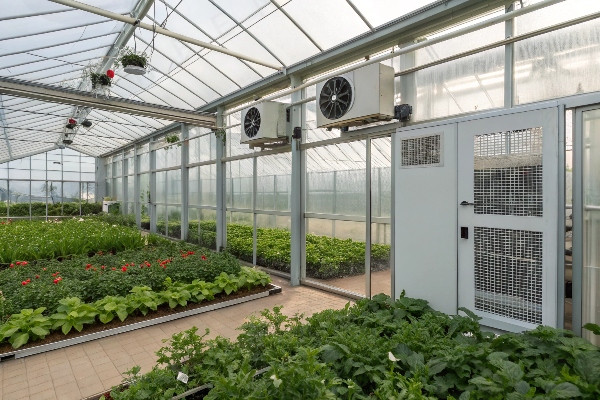
Throughout my nearly three decades at CFGET, I’ve guided hundreds of clients through the decision-making process when selecting their first greenhouse structure. Time and again, freestanding greenhouses prove ideal for specific situations. Let me share why they might be perfect for your needs as well.
The most immediate advantage is cost-effectiveness. Freestanding greenhouses require significantly lower initial investment compared to multi-span or venlo-style structures. This lower entry barrier makes commercial growing accessible to more people. I recently worked with a family farm in Thailand that wanted to start growing specialty herbs for local restaurants. With a limited budget of just $15,000, we were able to provide them with a complete 8×20 meter freestanding greenhouse with basic climate controls – something that would have been impossible with more complex greenhouse types.
Environmental control precision represents another major advantage. The contained nature of a single-span structure creates a microclimate that’s easier to manage. Temperature, humidity, and ventilation can be adjusted more precisely and respond more quickly to changes in settings. This characteristic is especially valuable for specialty crops that require specific growing conditions. When one of our research institution clients needed to maintain precise temperature ranges for experimental crop varieties, the freestanding design provided the isolation and control they required.
Installation simplicity should not be underestimated, particularly for remote locations or areas with limited access to specialized construction equipment. Freestanding greenhouses typically arrive in kit form with pre-cut and pre-drilled components that can be assembled by small teams with basic tools. I recall a project in a mountainous region of Central Asia where the only access was via narrow roads. The modular nature of our freestanding design made transportation and assembly possible where other greenhouse types would have been impractical.
Expansion flexibility provides a growth path that many new growers appreciate. Unlike integrated greenhouse complexes that must be built at full scale initially, freestanding structures allow for incremental expansion. Growers can start with a single unit and add additional structures as their business grows and capital becomes available. One of our most successful clients in Malaysia began with a single 10×30 meter greenhouse for tomato production and has added one new structure annually for seven years as their market expanded.
Mobility and adaptability offer strategic advantages as well. Though not truly "mobile," these structures can be disassembled and relocated if necessary. This feature provides insurance against land lease changes or enables seasonal relocation to optimize growing conditions. A flower producer I worked with in Eastern Europe would actually relocate their smaller freestanding structures twice yearly to follow optimal growing conditions and market proximity.
Risk management is another consideration where freestanding structures excel. By separating growing environments, crop disease or pest problems can be isolated rather than threatening an entire operation. This compartmentalization strategy has saved countless harvests for our clients over the years.
Common Applications and Uses for Freestanding Greenhouses
Growers often struggle to match greenhouse types to their specific crops and business models. Without guidance, they risk investing in structures that limit their production potential or create unnecessary expenses that harm profitability.
Freestanding greenhouses excel in specialty crop production, research applications, starter operations, organic cultivation, and seasonal extension growing. Their controlled environments and manageable scale make them perfect for high-value crops like herbs, seedlings, flowers, and specialty vegetables.
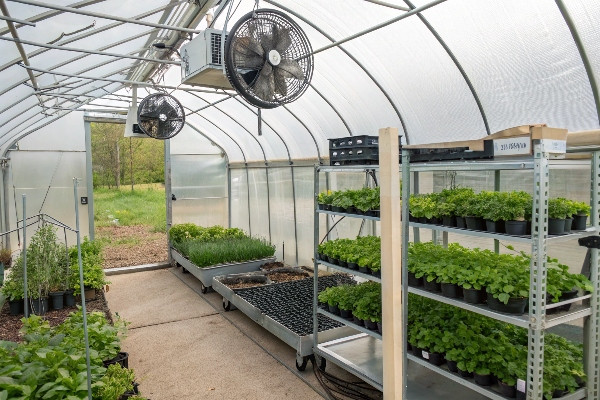
Having worked on greenhouse projects across over 20 countries, I’ve seen freestanding structures successfully deployed for an impressive variety of applications. Their versatility continues to surprise even experienced growers who might have underestimated their potential.
Small-scale commercial production represents perhaps the most common application. Freestanding greenhouses provide an ideal environment for growers focusing on high-value crops for local markets. The controlled environment extends growing seasons and improves quality, while the manageable size keeps operations within the capabilities of small teams or family businesses. I’m particularly proud of our work with a women’s cooperative in Central Asia that now produces specialty peppers year-round in five freestanding greenhouses, providing sustainable income for twelve families.
Specialty crop propagation is another area where freestanding greenhouses shine. Nurseries and plant propagators benefit from the isolated environment that allows for precise control of humidity, temperature, and light levels critical during early plant development stages. A client in Vietnam uses three separate freestanding structures at different climate settings to progressively harden off seedlings before transplanting to field conditions.
Research and development applications take advantage of the isolated nature of freestanding structures. Agricultural universities, plant breeding companies, and government research stations frequently choose these greenhouses for experimental work because variables can be controlled more precisely, and cross-contamination between experiments is minimized. We recently equipped a research institution in Europe with six identical freestanding units, each with independently controllable environments for comparative studies of climate impacts on crop development.
Educational and training facilities often select freestanding greenhouses for their approachable scale and simplified systems. These structures provide hands-on learning environments where students can master the fundamentals of greenhouse production before moving to more complex operations. A vocational training center we worked with in Southeast Asia uses a series of small freestanding units to teach different growing methods, allowing students to compare and contrast results across various environmental settings.
Hobby and semi-professional growing represents a growing segment for freestanding greenhouse applications. As interest in food security and locally grown produce increases, many individuals are investing in smaller freestanding structures that allow for year-round production of fresh vegetables and herbs. These units typically range from 30 to 100 square meters and can significantly supplement a household’s food supply while potentially generating extra income through local farmers’ markets.
Crop isolation needs sometimes drive the decision to use freestanding structures. When growing crops that require quarantine from others—either for organic certification, to prevent cross-pollination of seed crops, or to isolate plants receiving special treatments—separate freestanding units provide the perfect solution. One of our seed production clients maintains a series of freestanding greenhouses specifically to isolate different varieties and prevent unwanted cross-pollination.
Seasonal extension growing has become increasingly popular as climate change creates less predictable weather patterns. Growers use freestanding greenhouses to start crops earlier in spring and extend harvest later into fall, effectively lengthening their productive season by 2-4 months depending on local climate. A small-scale vegetable farmer I worked with in Europe was able to double their annual revenue simply by extending their growing season with two modest freestanding structures.
Conclusion
Freestanding greenhouses offer an accessible entry point into controlled environment agriculture with their low initial costs, superior climate control, and flexible applications. They remain ideal for small-scale operations, beginners, and specialty crop producers seeking sustainable growing solutions.

